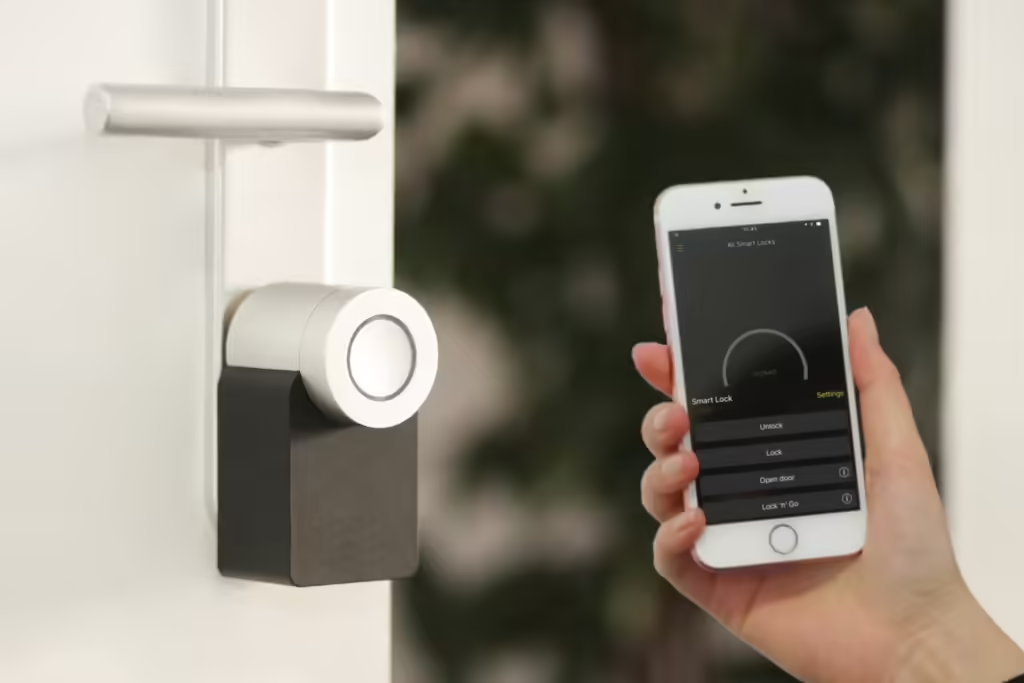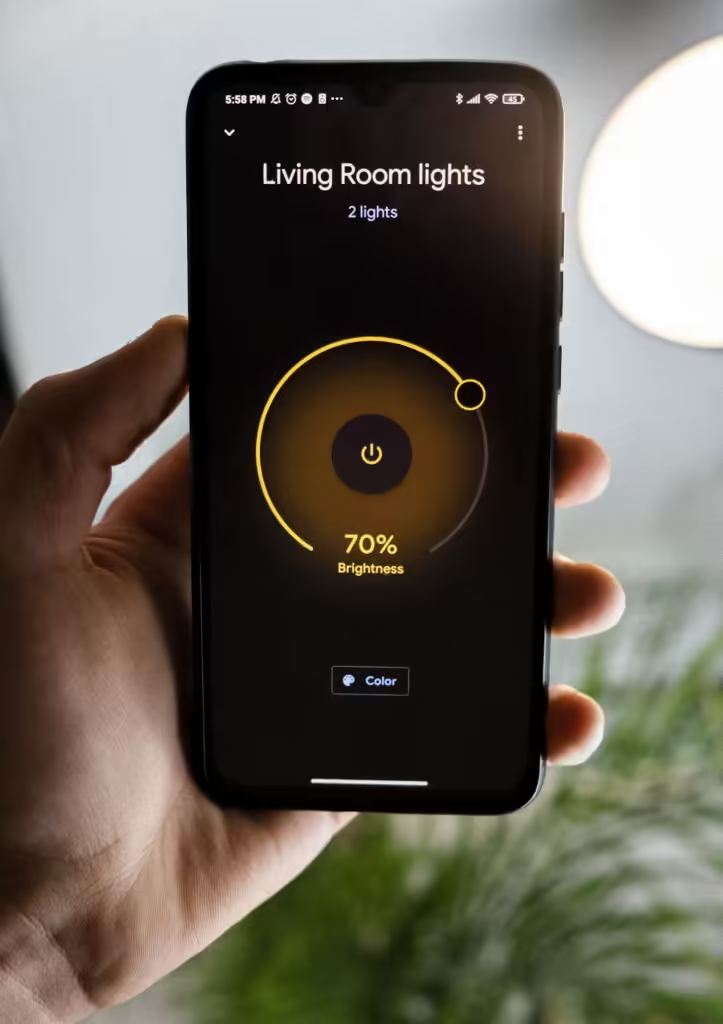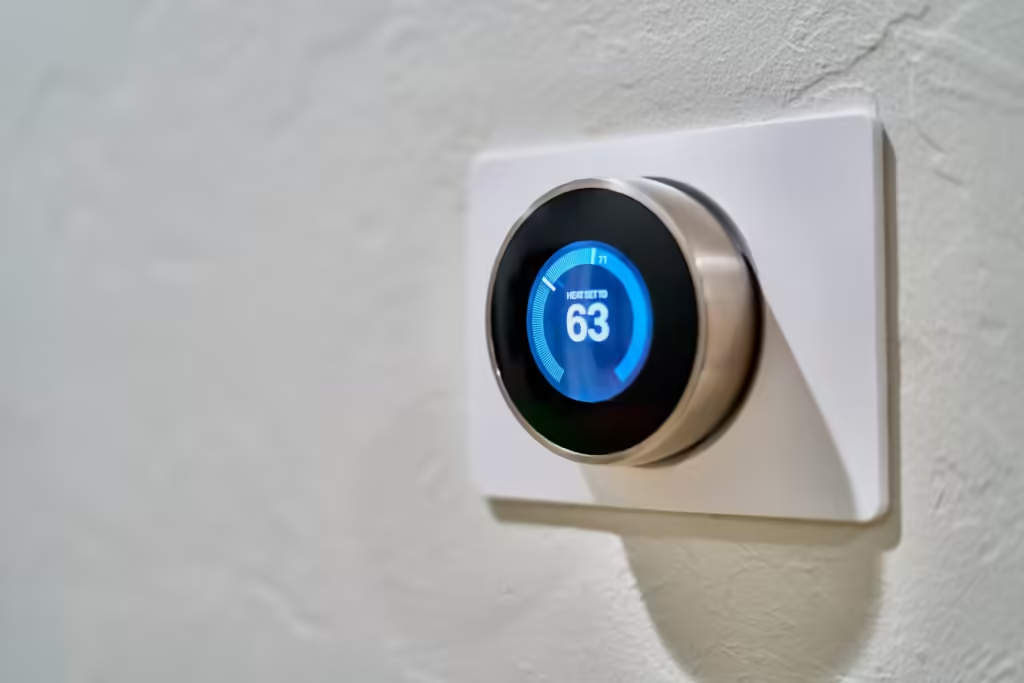Its been a long while since I’ve blogged, no excuses – I’d fallen out of love a bit with blogging in general and honestly, family comes first. But I’m back, and I’ve been a busy boy. I’ve got the IoT / Smart Home bug, and I’ve got it pretty bad. This is likely to be the first of many blogs, talking about why I’ve tried to make my home ‘smart’, my choice of platforms, the use cases that I’ve forced upon my poor family and how I’ve done it.
‘Smart’ has been the buzzword for everything for the last 10 years, Smart Phone, Smartcar (bit of free advertising for Mercedes there), SmartTVs, the list goes on. But when it comes to Smart Home, for me its automation that drives value – making things happen for less effort, or making things more accessible. For different people that means different things, for me – it was being able to close a window blind whilst on a zoom call, or automating lights turning on and off whilst we were away on holiday, or knowing who was at the front door before the doorbell even rung. Life enhancements in my eyes.
For years I’ve kept an eye on the ‘smart home’ market. I’ve seen smart doorbells, smart bulbs, cloud-based cameras, the list goes on. I’ve been intrigued but never spent my hard-earned cash on it. For a couple of simple reasons honestly:
- I wanted to avoid a ‘subscription’ based system where I have to commit £££ to see my CCTV footage, or to get the ‘pro’ feature. Ring’s huge prices increases recently have justified this for me (link)
- I’m not anti-cloud, or anti-social media, but when it comes to footage and data about what is going on in my home, I want that data to stay in one place – in my home. I don’t want it shared with third parties, I don’t want it going anywhere unless I’ve explicitly said so.
- Each ecosystem has its own very limited set of products, and requires it’s own ‘hub’. More expense, and just doesn’t feel very joined up.


So lets talk a little about what Smart Home, or Home Automation means in 2024:
Security
I suspect this is one of the most popular areas of ‘Smart’, and probably the most mature in how long the products have existed. Gone, on the most part, is the traditional ‘CCTV’ of old, where you’d install some huge, ugly bullet style cameras on the side of your house, all terminating in a big NVR (Network Video Recorder) which would be accessed via an VGA cable into a monitor in a cupboard, or via some special propiertary software that only ran on Windows XP…
Nowadays, the options for consumers are huge – Ring (now owned by Amazon), Arlo, Simplisafe, the list goes on. All of these don’t require you to have an NVR, and in a lot of cases don’t even require you to even run any cable (whether that be a CAT5/CAT6 cable). You can buy wired or wireless, PoE (power over ethernet), solar powered, you download an app on your phone and within a few mins you’re up and running.
Typically these will work on Android or iOS, they want to tie you down to a subscription for most valuable features but in general are pretty feature packed.
- Motion Detection
- Person / Car / Animal Detection
- Two-way Talk
- Recording and Notifications
- Integration into Alexa / Google Home / Apple Home
Its not just cameras in this category though, there are motion sensors, door/window entry sensors, alarms, keypads, and more recently door locks. They are getting pretty sophisticated.

Lighting
I think the obvious big name here is Phillips Hue. Its been around for a good whilst and has a vast array of lighting (and now security) products – suffice to say they come at quite a premium – but you can buy bulbs, light strips, indoor and outdoor lighting, flood lights, the list goes on.
There’s plenty of other brands however, LIFX, Nanoleaf, even IKEA are in the market nowadays – all giving a huge variety of options.
The cool thing here is that unlike traditional lighting, you can often change the colour you want the light, whether you want a cold or warm white, whether you want it to change like you’re in some dingy 90’s nightclub – it’s completely up to you.
Its worth noting here though, accessibility is key here, unlike security which is often a ‘set up and forget’ type system, lighting is something that you interact with numerous times in a day, so user-friendliness is critical here, not just for you but for other folk in your household. If you’ve got a smartbulb in your ceiling light and someone switches that lightswitch off, that bulb will have no power so you will need to ‘educate’ your household… More on this later.

Appliances
This is definitely a growing category although I’m yet to be completely convinced on the value a lot of these products give. I’ve seen smart ovens that notify you when they need cleaning or when you’re oven chips are done, there are washing machines that notify you when your underwear is clean, and even fridges that let you know that your 5 year old has finished the last babybel.
I jest with a lot of the above, there are some useful things – such as robot vacuums that will regularly vacuum, and in some cases mop your floors and of course robot lawnmowers that in all fairness (from what I’ve seen) do a pretty fantastic job
Entertainment
Another or the more mature segments is the Entertainment category. Smart TVs have been around for a good while providing ‘apps’ to the popular streaming services as well integration into the popular Smart Home voice assistants.
When it comes to audio, multi-room systems such as Sonos have been in many people’s homes for over 10 years and all of the big tech companies have their own smart speakers, such as Amazon Echo, Google Home and Apple Homepod too.
The smart speakers, or controllers (as their main function often is) is, for me, a key part of a smart home. Making a home smart is making use of automations for regular routines, or being able to verbalise what you want, rather than unlocking your phone, opening an app and pressing a button.
Energy
This is a pretty high level topic, because it can cover a lot of things, anything from smart plugs to control individual sockets (and appliances), to solar systems (inverters and batteries) to heatpump heating to smart thermostats.
You can make that lovely old lamp that’s been passed down from generation to generation ‘smart’ by plugging it into a smartplug and then ask Alexa to turn it on. You can get your smart EV charger to put 10% charge into your Tesla when its sunny because you know thats free mileage! You can sit on your sofa and turn up the heating because your wife won’t put a jumper on… the list is endless!

I’m not going to say that a Smart Home is going to save you money – it’s very much an opportunity to waste money, or save time, all depends on whether your glass is half full or not 😉
The one thing that I would say though is you need to make sure that what you buy is interoperable. Having two or three different product sets that won’t talk to each other its not only inefficient, but pretty frustrating.
Interoperability is a characteristic of a product or system to work with other products or systems.
Wikipedia
In the next blog, I’ll go through what options there are on the market to start building your smart home – whether you’re just wanting something to toy with, whether you’re building from scratch in a newly built home, or whether you’re wanting to retrofit it in your early 20th century Victorian home

